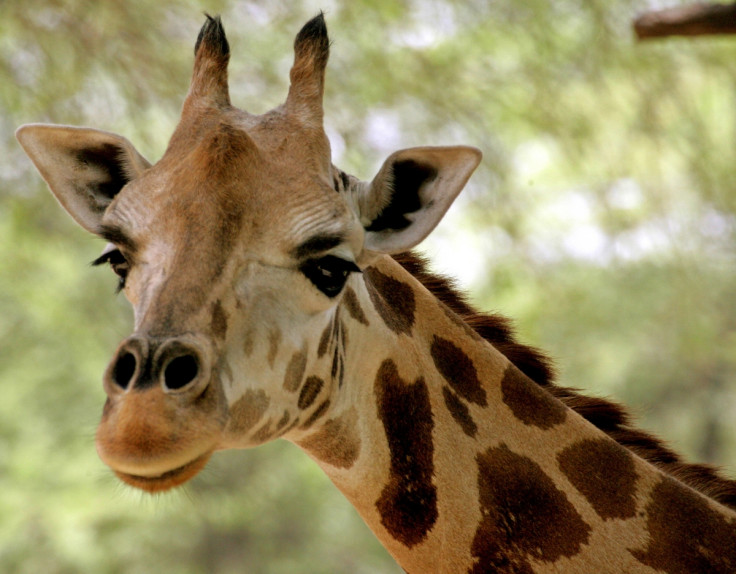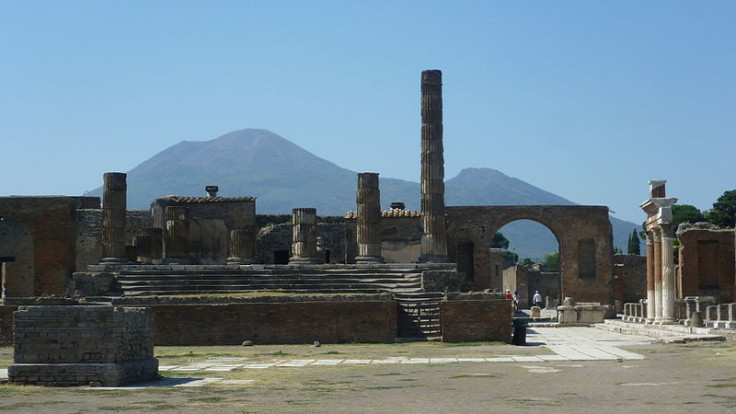The Diet of a Pompeii Chav: Flamingo, Shellfish and Giraffe's Legs

Lower class Romans living in Pompeii before the city was buried by a volcano in 79AD feasted on delicacies such as giraffe legs and flamingo, researchers have revealed.
An excavation at the site by University of Cincinnati archaeologists has dispelled myths about how the poor ate in Roman times – with ideas about gruel and soup being replaced by exotic spices and meats.
Steven Ellis, from the university, said teams have spent the last 20 years creating a complete archaeological analysis of homes, shops and businesses inside the Porta Stabia area, one of the busiest gates of the city.
In total, the area includes 10 separate building plots, including 20 shop fronts that mostly sold food and drink.
"The ultimate aim of our research is to reveal the structural and social relationships over time between working-class Pompeian households, as well as to determine the role that sub-elites played in the shaping of the city, and to register their response to city-and Mediterranean-wide historical, political and economic developments," Ellis said.
"However, one of the larger datasets and themes of our research has been diet and the infrastructure of food consumption and food ways.

"The traditional vision of some mass of hapless lemmings – scrounging for whatever they can pinch from the side of a street, or huddled around a bowl of gruel – needs to be replaced by a higher fare and standard of living, at least for the urbanites in Pompeii."
The researchers examined fossilised waste including collections from drains, cesspits and latrines. Findings showed charred food waste from kitchens and excrement, with the drains providing an abundance of the remains of fully-processed food.
Ellis said the food found in these areas included grains, fruits, nuts, lentils, fish and eggs, all of which were inexpensive and widely available. Some also had more expensive cuts of meat and salted fish from Spain.
"The material from the drains revealed a range and quantity of materials to suggest a rather clear socio-economic distinction between the activities and consumption habits of each property, which were otherwise indistinguishable hospitality businesses," Ellis said.
A drain from one central property showed an even richer variety of delicacies, with imported food such as spices, shellfish, sea urchin and the butchered leg of a giraffe.
"That the bone represents the height of exotic food is underscored by the fact that this is thought to be the only giraffe bone ever recorded from an archaeological excavation in Roman Italy," Ellis said.
"How part of the animal, butchered, came to be a kitchen scrap in a seemingly standard Pompeian restaurant not only speaks to long-distance trade in exotic and wild animals, but also something of the richness, variety and range of a non-elite diet."
© Copyright IBTimes 2024. All rights reserved.






